What should you consider before buying an FAMS?
Even using software to manage your assets may seem complicated. The effectiveness of the management process determines the outcome. The conventional approach is substantially less effective. And might reduce the organisation’s productivity. However, using software to manage your fixed assets is a terrific way to make sure they are used effectively, without hampering the performance.
The following are the benefits of having a Fixed Asset Management Software:
-
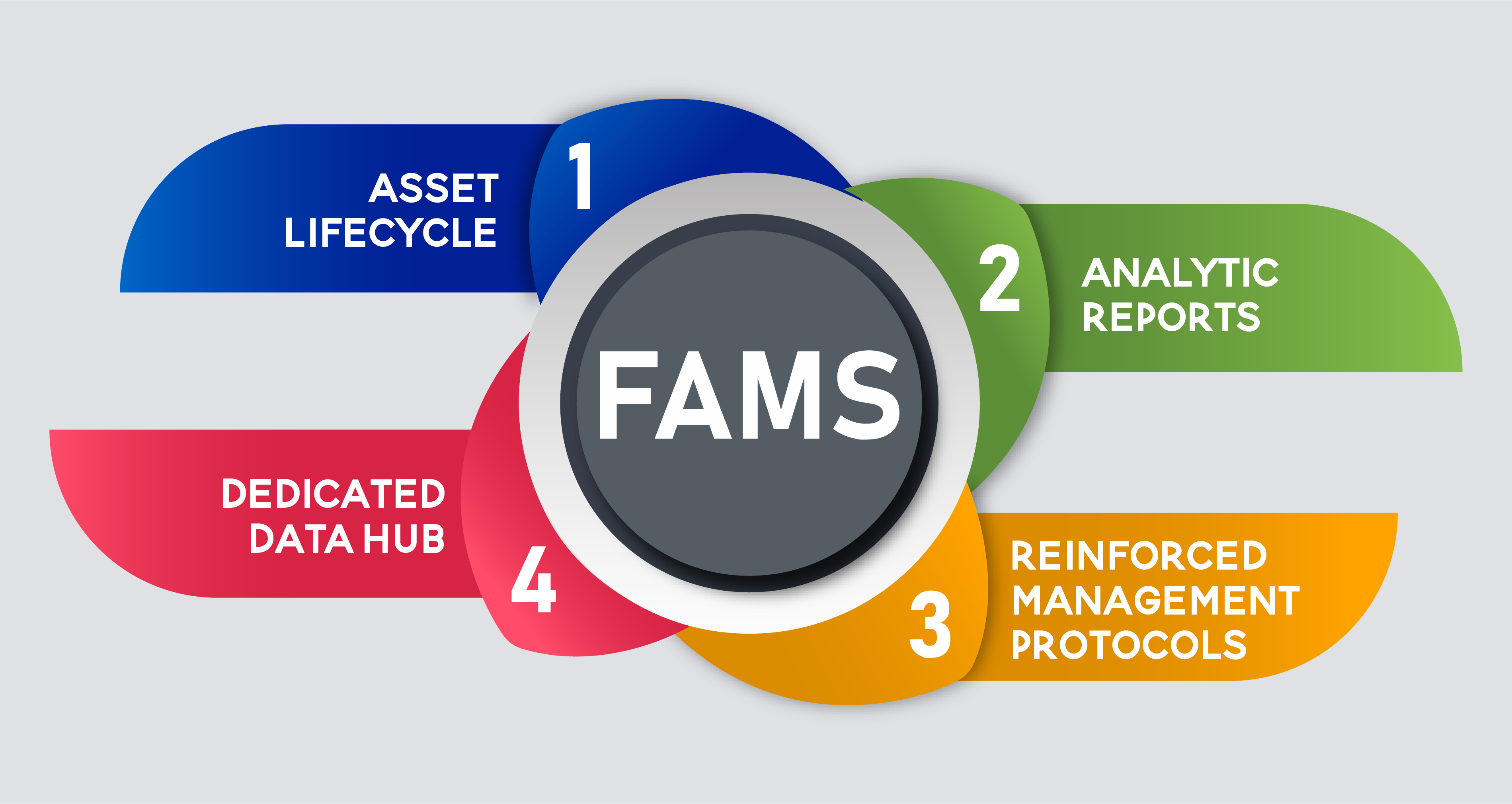
-
Asset Lifecycle
It keeps track of the asset’s worth over time since it was purchased. An FAMS actually aids you in creating a budget for the asset. It helps you throughout the asset’s lifespan by assisting with depreciation calculation. Alongside that, it sends out notifications for due servicing or payments, and alerts for lease, insurance, and AMC renewals. Additionally, it guarantees that you are in conformity with all legal requirements. Finally, it makes it possible for you to accurately determine the asset’s disposal value as well! There are only a few companies who truly offer an end-to-end solution. Spine Technologies provides you with Spine Assets. Which includes many useful features alongside covering the entire lifetime of your assets.
-
Analytic Reports
A centralised data source makes it simple to generate reports for use in reports. These reports give you the ability to assess whether an asset was utilised adequately, excessively, or neither. This allows you to separate them and classify them as productive and unproductive. Because assets can be used in both productive and unproductive ways. With the assets divided, you can now identify the underutilised assets and increase productivity. This has an impact on depreciation calculations as well because overused assets tend to be disposed of earlier than underused ones.
-
Reinforced Management Protocols
Besides the management protocols, which are essential for a company in and of themselves, the regulating body also provides guidelines. These can occasionally become too much to handle. You can follow these management protocols without fail if you use asset management software. You can select the required depreciation method, and the software will take care of the rest on your behalf. Management protocol strengthening is accelerated by a programme.
-
Dedicated Data Hub
Businesses own and manage dozens of assets every day, whether they are vehicles for logistics, IT assets for offices, or machines for various industries. Manually tracking the use and utility of these assets is difficult. Additionally, because this data originates from numerous sources and diverse core assets, managing it becomes difficult. Data storage in a centralised location becomes challenging due to the abundance of data sources. Fixed Assets Management Software is useful in this situation. You may save all of your data and reports in one location with the use of a FAMS. More productivity and clarity with less clutter! You can quickly locate the data you need with the aid of a centralised data centre.
Hence these were the 4 most important advantages of fixed asset management software. You can get a detailed guide on these essential features here. If you are looking for a Fixed Asset Management Software which checks all the above mentioned requirements, Spine Assets is the software you are looking for! Spine Assets is brought to you by Spine Technologies. Spine Technologies is a trusted software company with more than two decades of experience and international presence as well! You can check out Spine Technologies here.

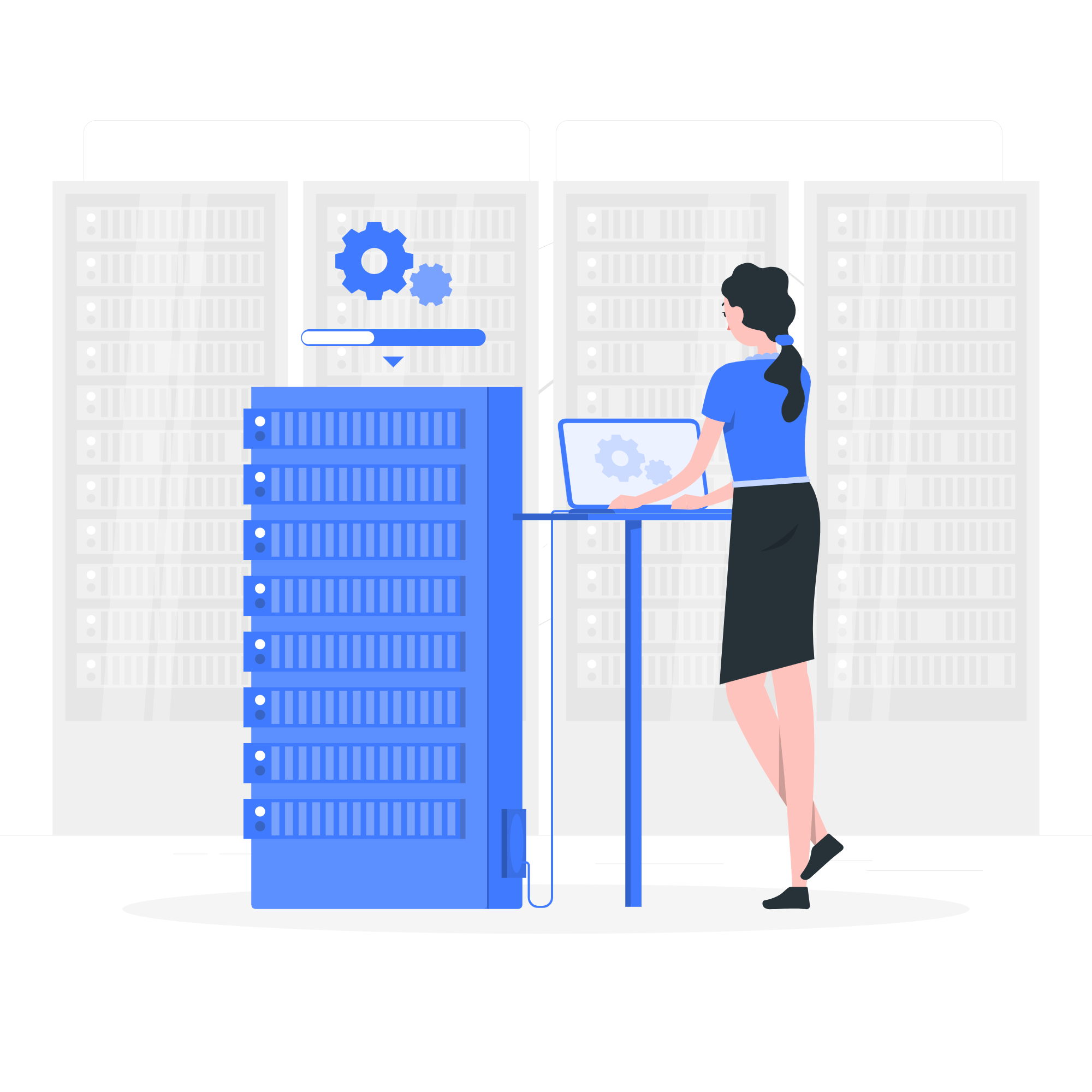
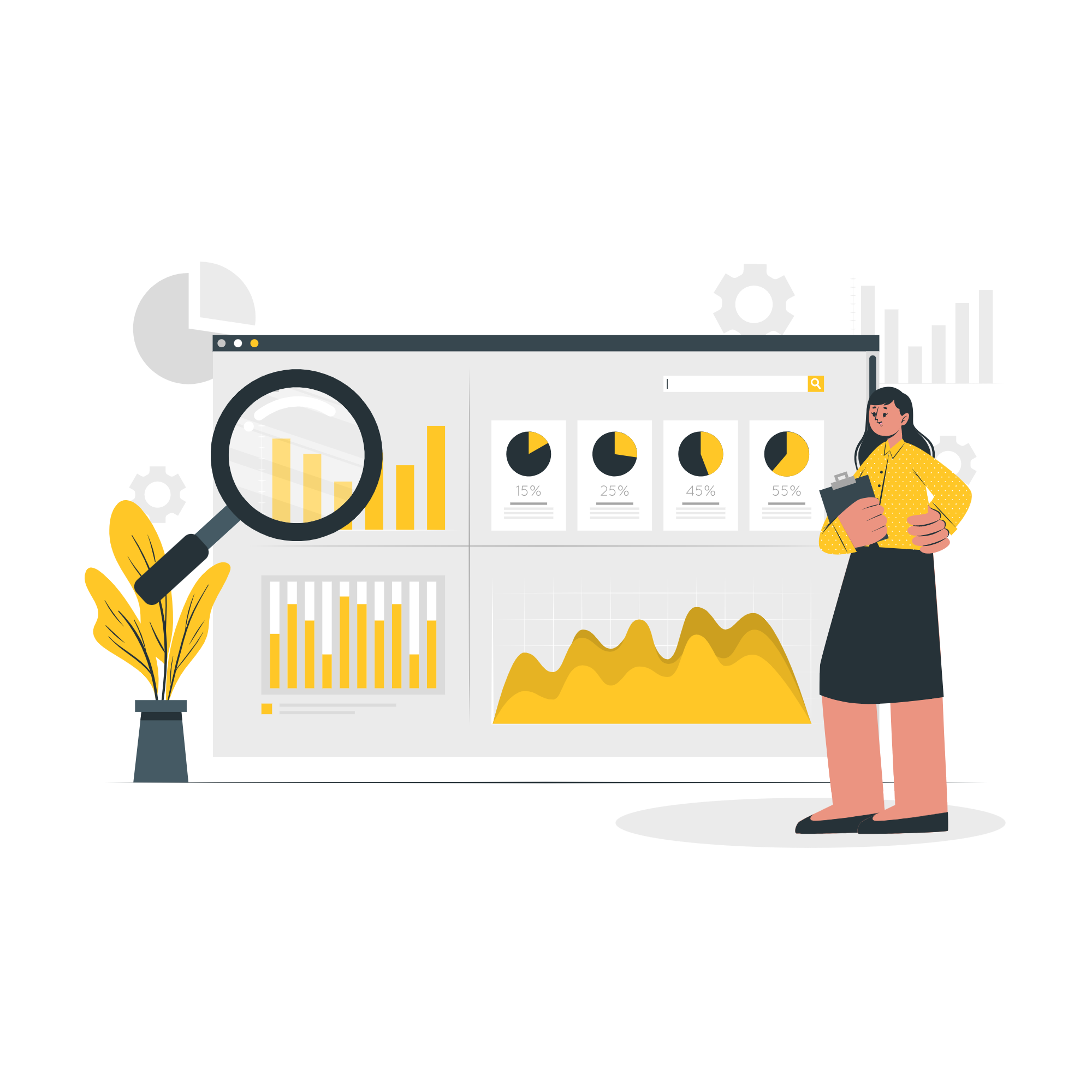
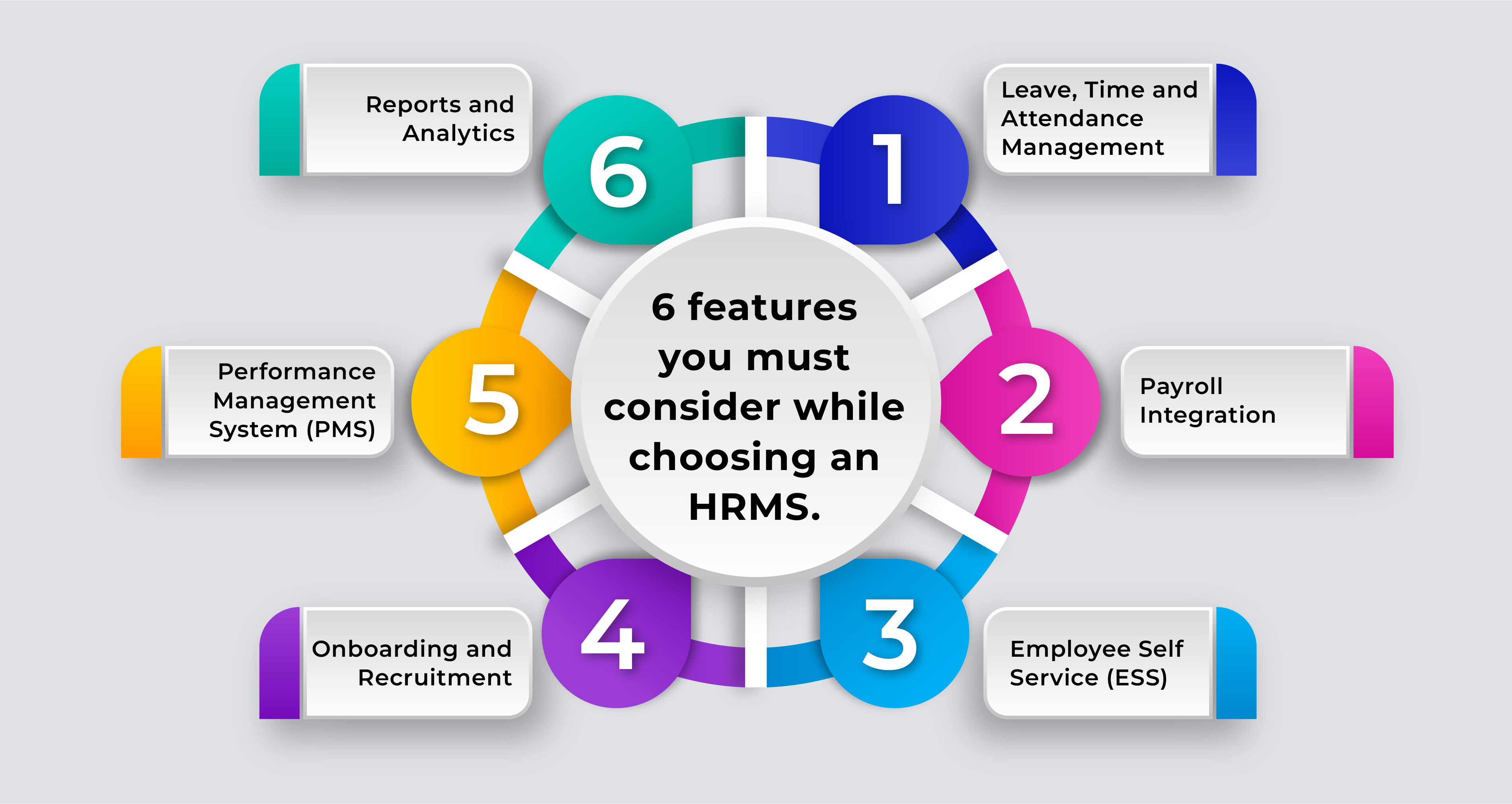 1) Leave, Time and Attendance Management
1) Leave, Time and Attendance Management
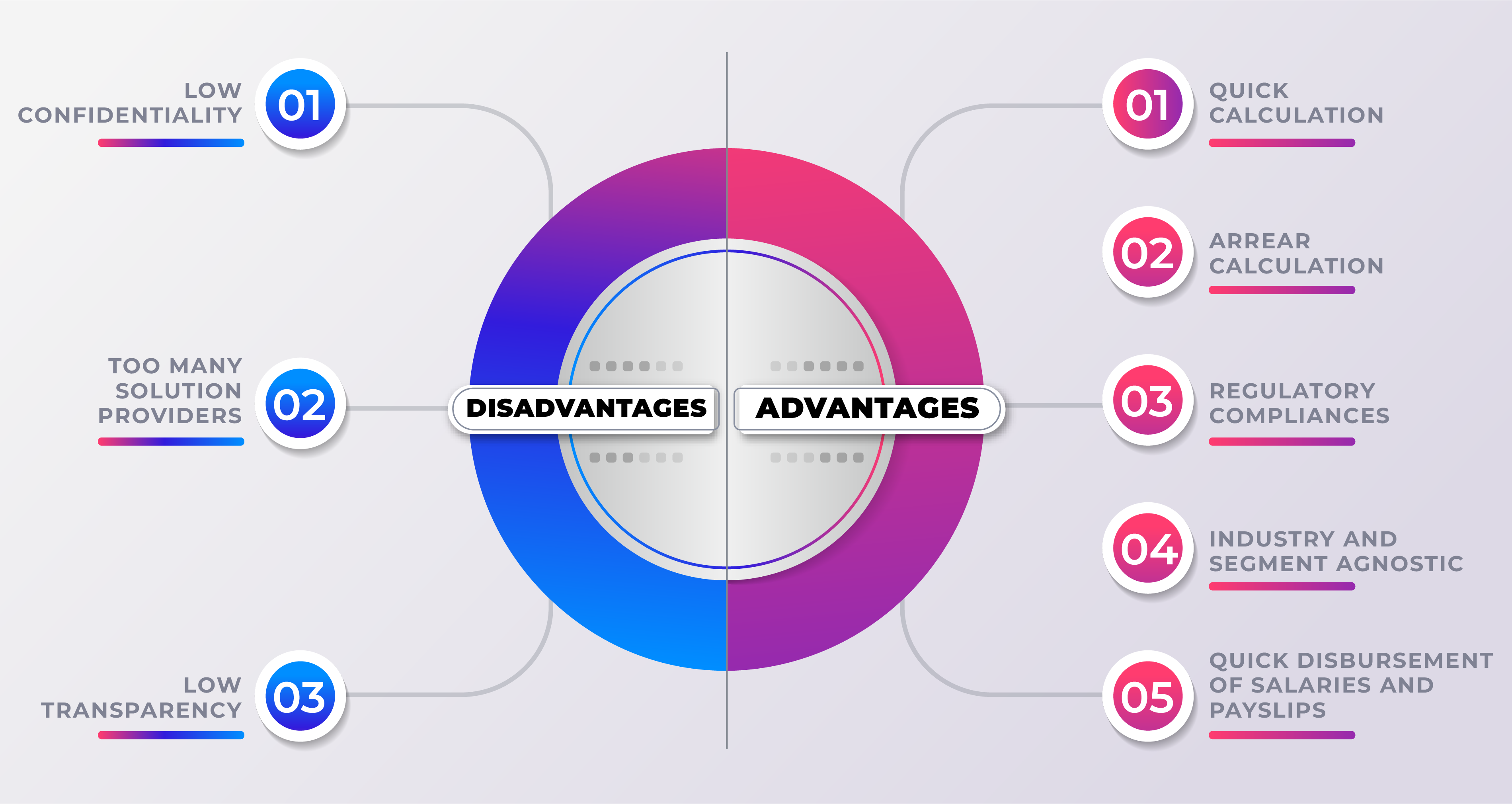 Advantages
Advantages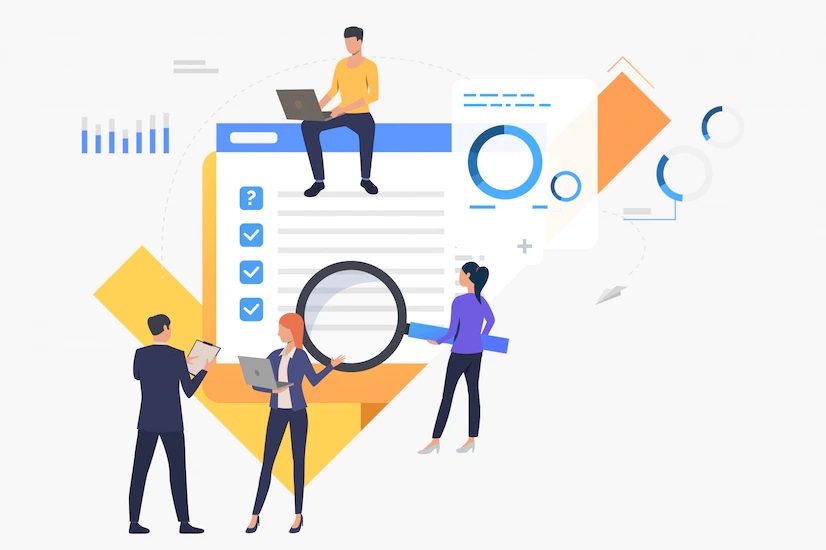
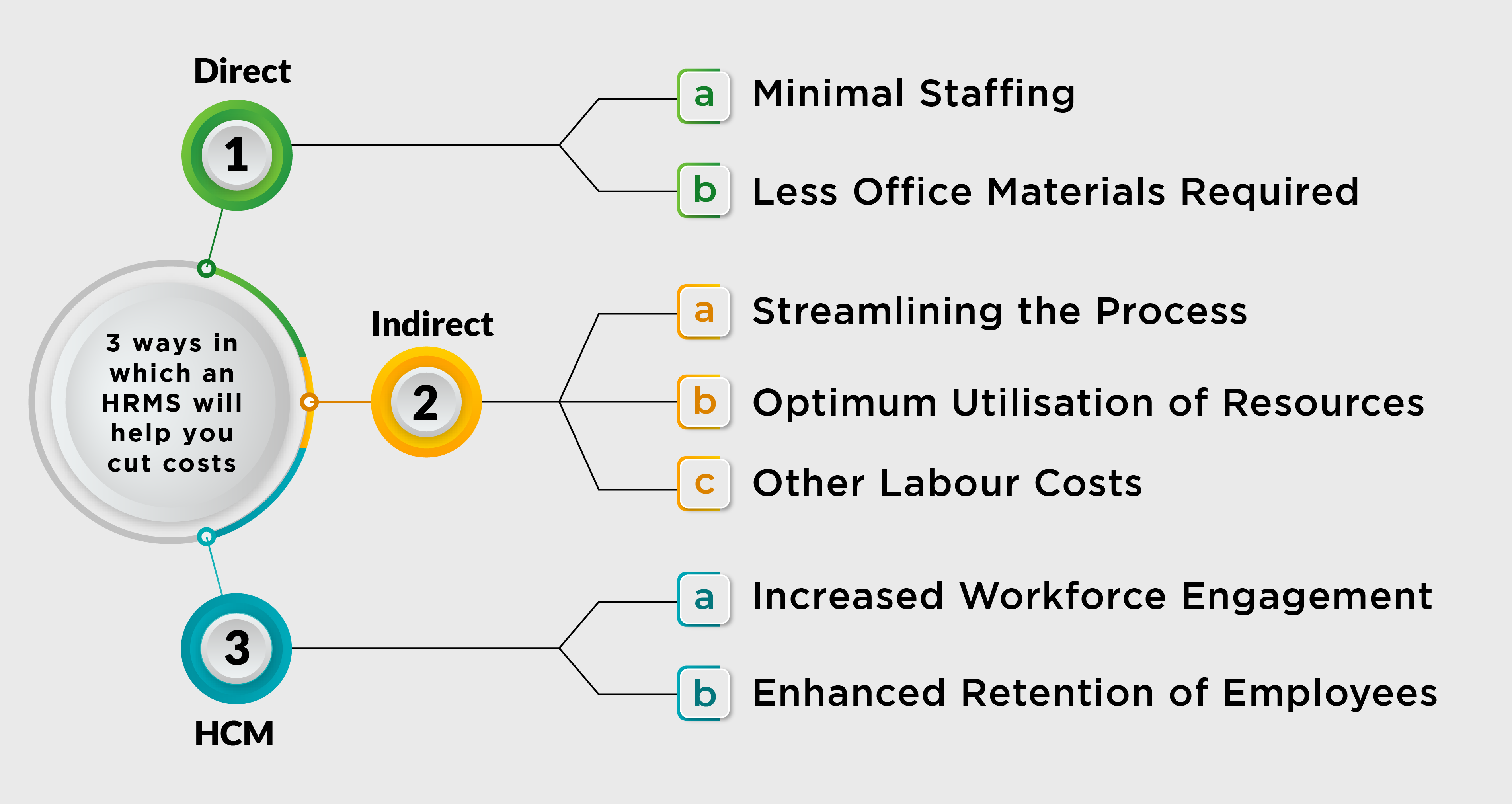

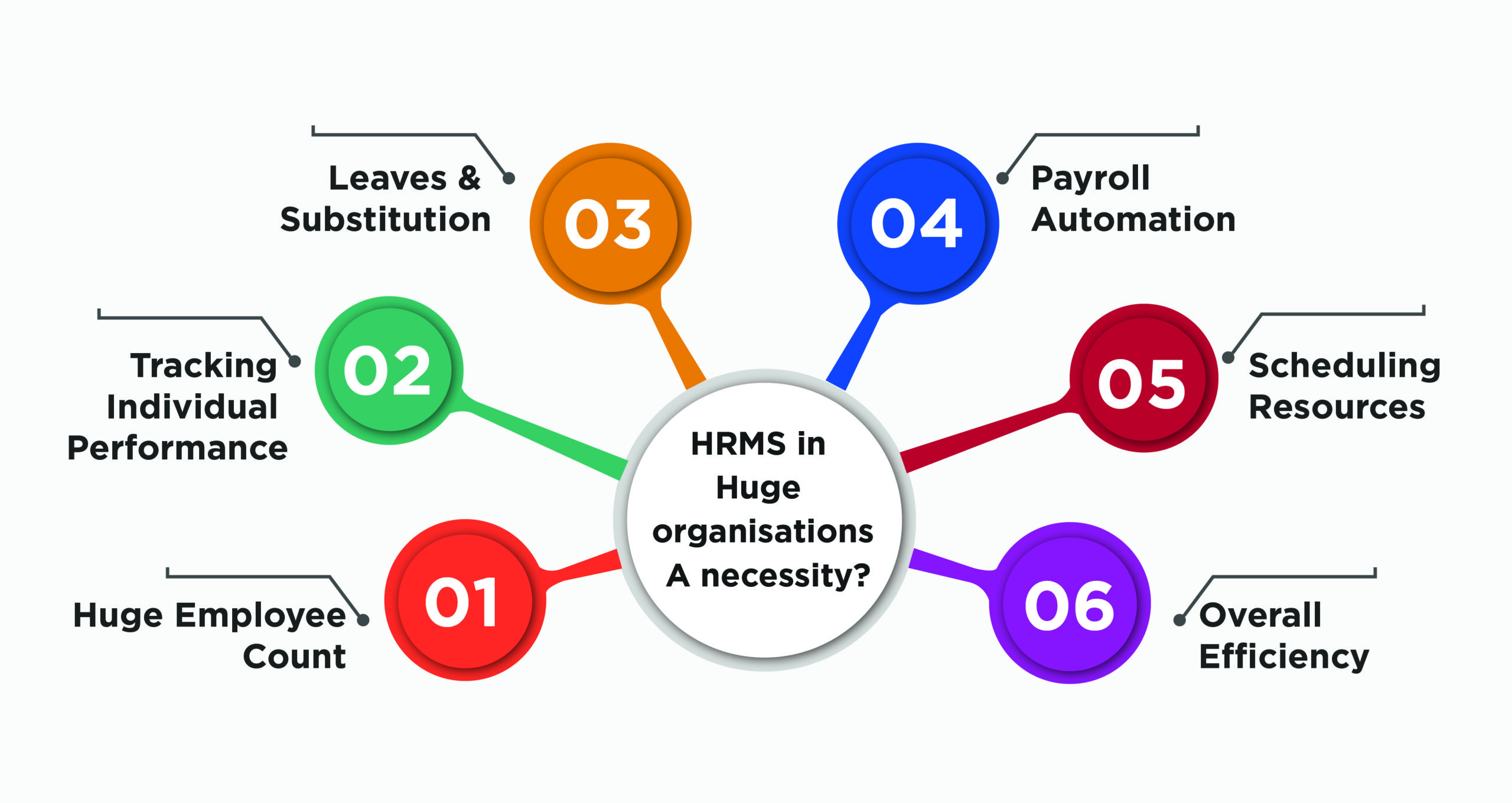 – Huge Employee Count
– Huge Employee Count
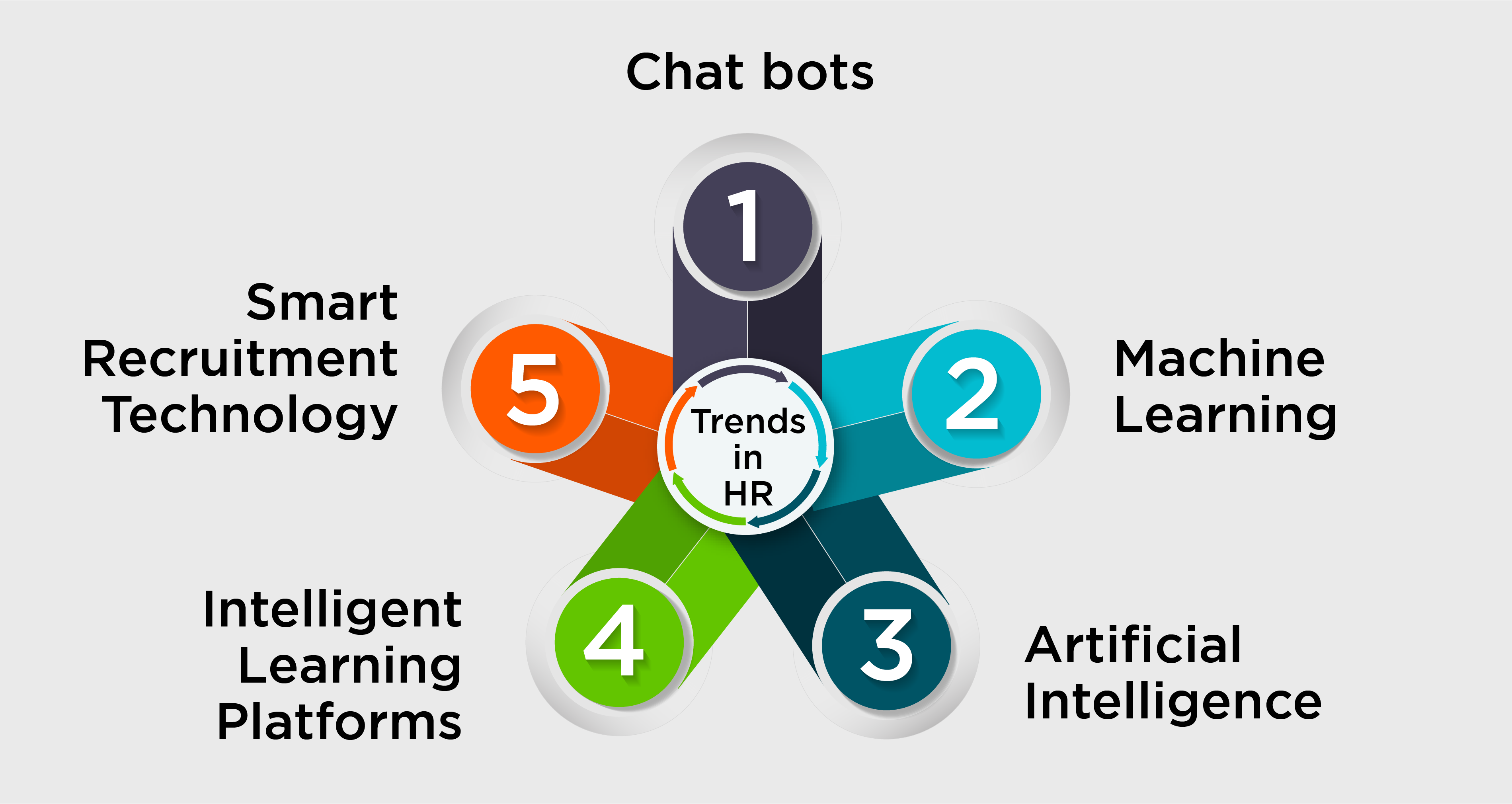 Chat bots
Chat bots
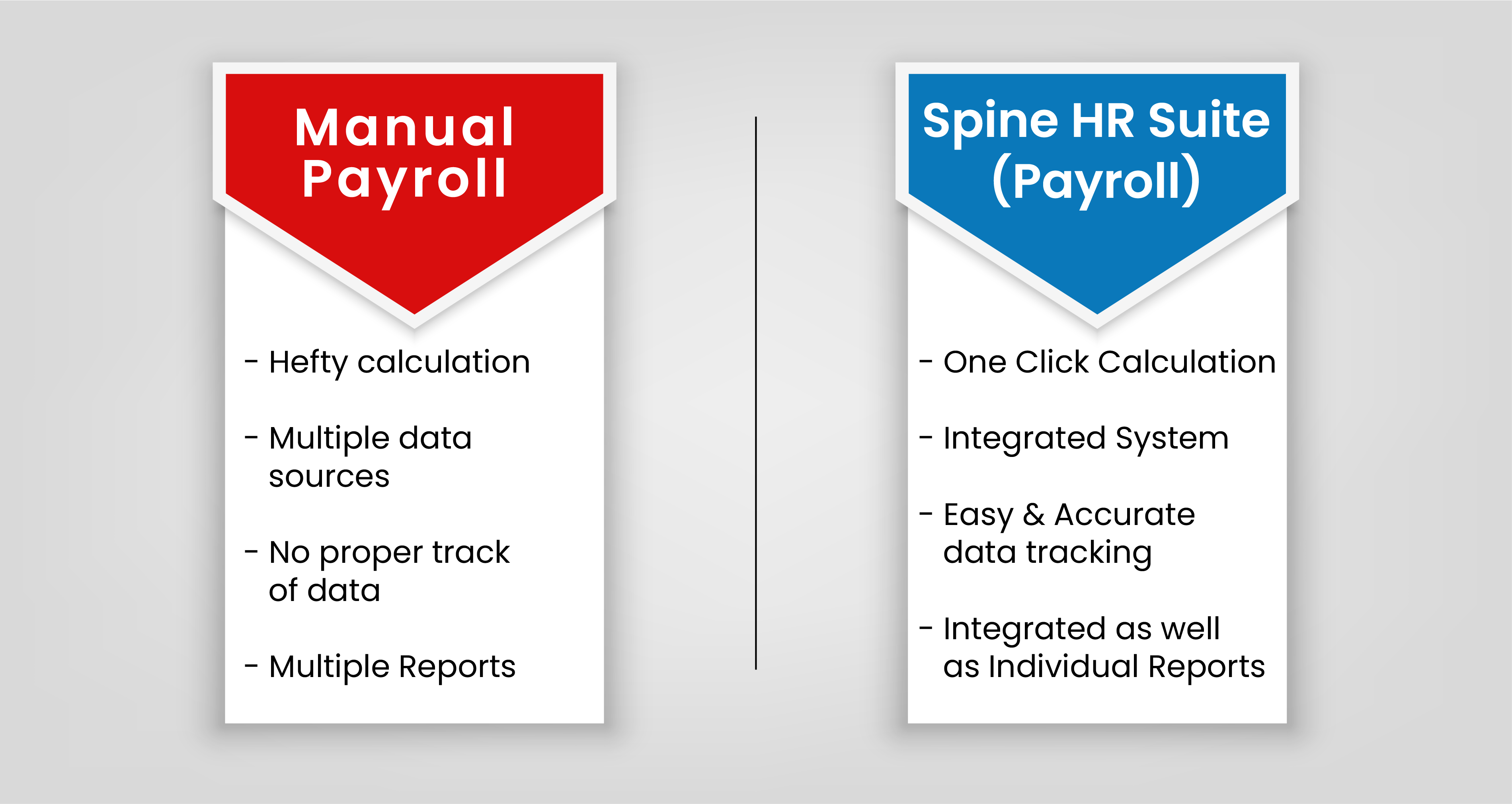

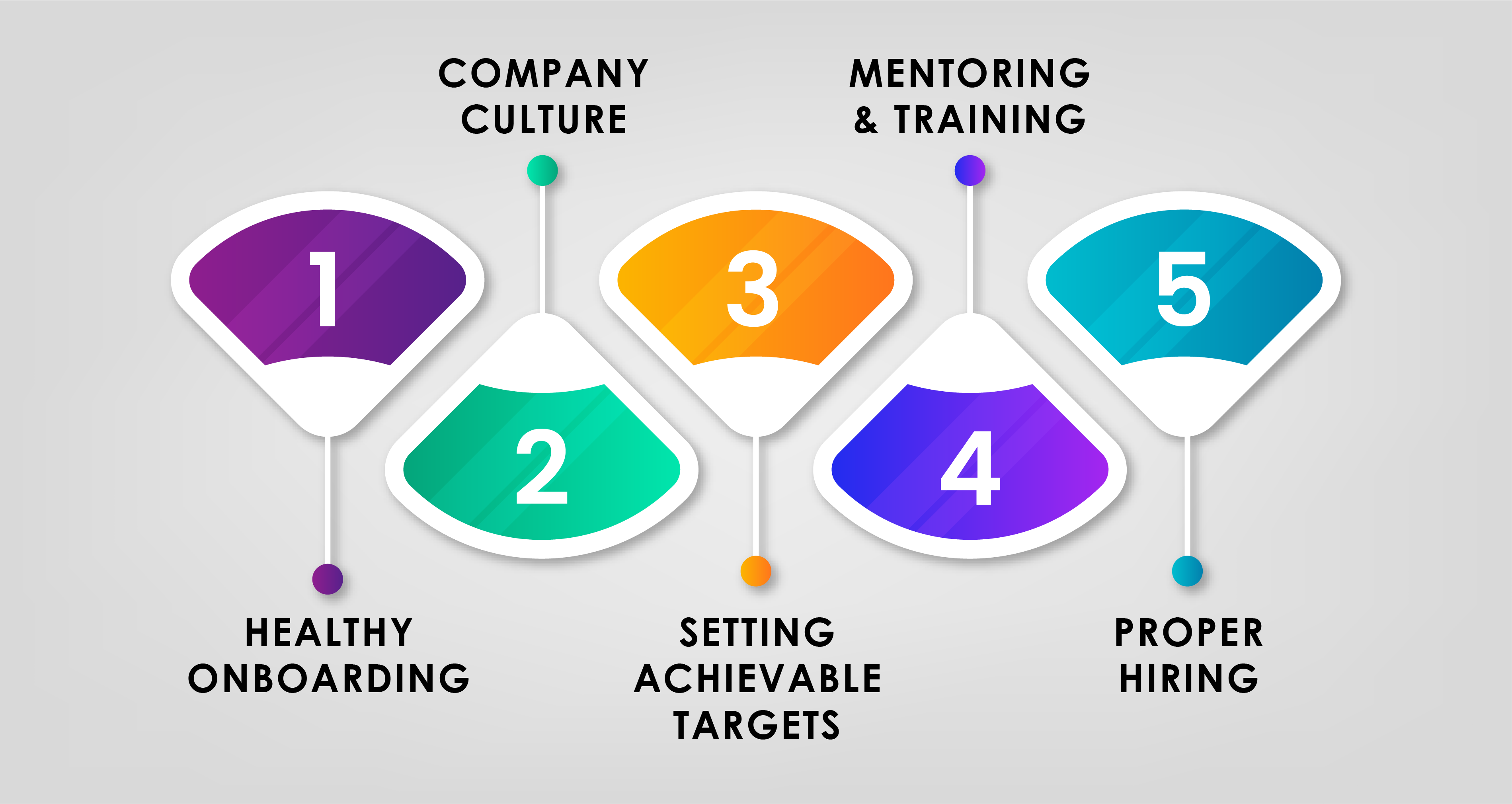 – Healthy Onboarding
– Healthy Onboarding
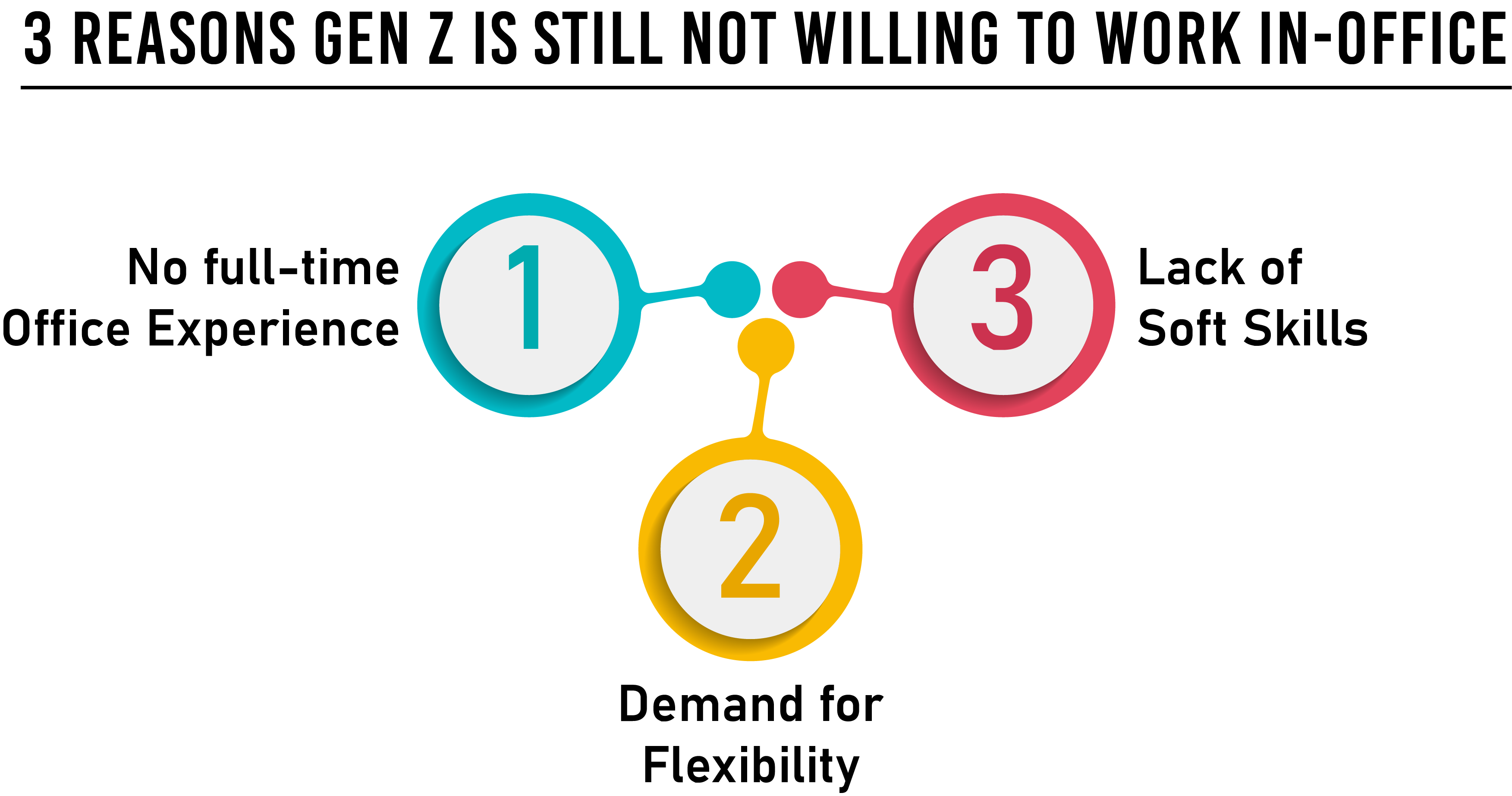 No full-time Office Experience
No full-time Office Experience
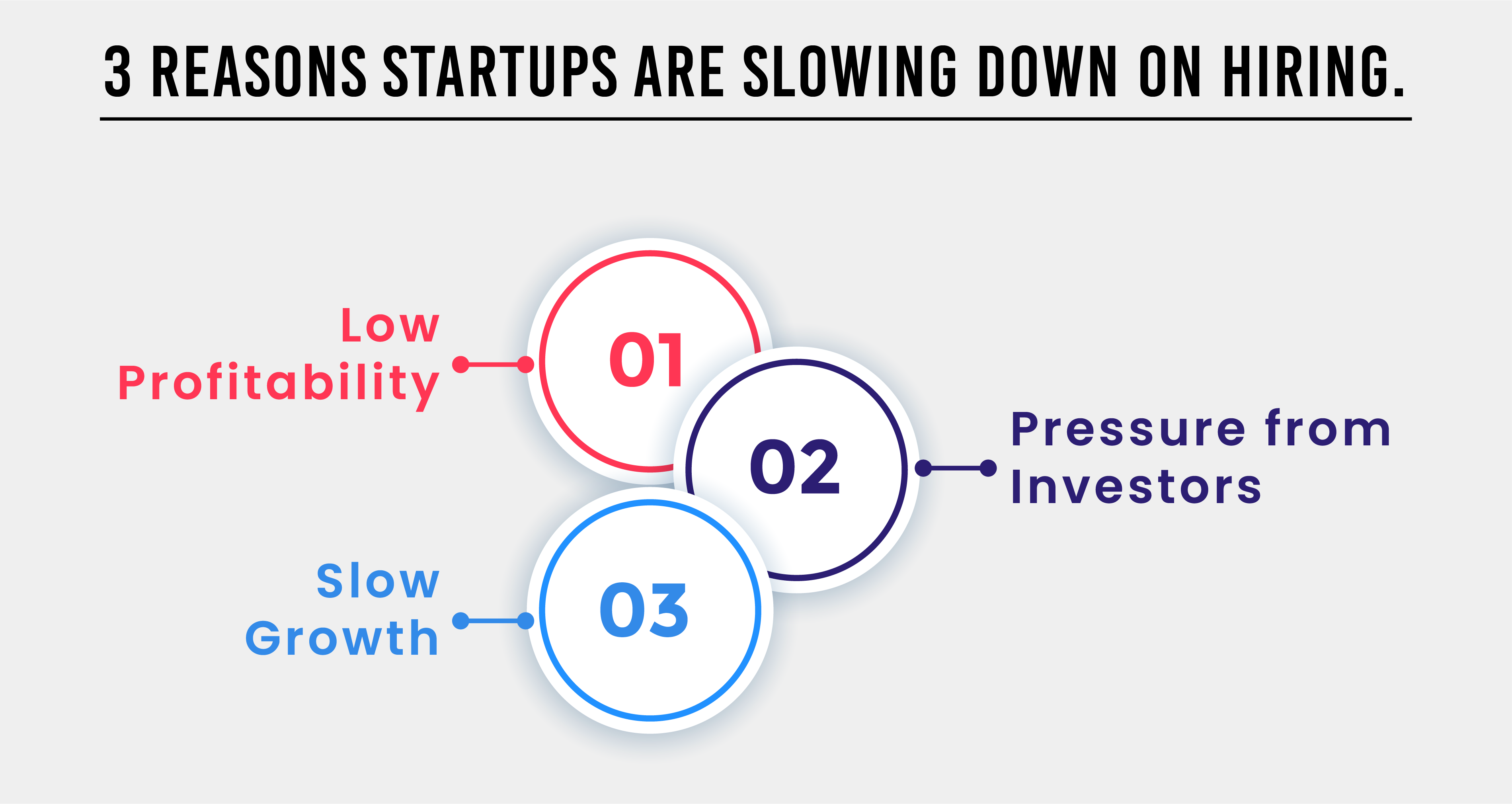 – Low Profitability
– Low Profitability